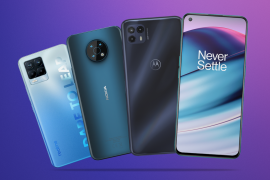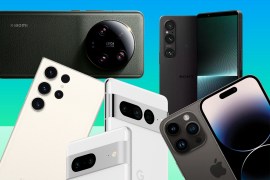Leica D-Lux 8 review: the compact camera revival continues
The least expensive Leica makes a comeback

Stuff Verdict
The most affordable way to own the most recognisable red dot in photography. The Leica D-Lux 8 feels a little outdated in some ways, but still does the compact zoom camera thing very well indeed.
Pros
- Looks and feels like a modern Leica
- Clean, detailed and colourful stills
- Aspect ratio switch and phone app add influencer appeal
Cons
- No tilting screen or step zoom for street snappers
- Autofocus system is behind the times
- Where are the Leica looks?
Introduction
Compact cameras are as popular as they’ve been in years, so I don’t blame Leica for striking while the iron’s hot – even if the firm didn’t exactly have a brand new camera with which to do it. The D-Lux 8 is more of a greatest hits album with a few fresh tracks, but one that still takes point-and-shoot photography to luxury levels.
Inside you’ll find the same Four Thirds sensor and autofocus system as the now-retired D-Lux 7 (and the Panasonic Lumix LX100 on which that camera was based). The fixed-lens power zoom is also still a wide 24-75mm equivalent, which should make it a capable street snapper. But the firm has made some welcome changes to the interface and design, bringing its most affordable model more in line with the rest of the range.
At $1499/£1499 the D-Lux 8 is still quite an investment, don’t get me wrong – but it actually undercuts the class-leading Fujifilm X100VI, which is perennially on back order. There’s also nothing else quite like it: a Sony a6700 slaps it for sensor size but is nowhere near as compact, and while the Ricoh GR III is cheaper it has no zoom abilities. Could that make Leica the unlikely choice for Gen Zers wanting to ditch their smartphones?
How we test cameras
Every camera reviewed on Stuff is tested in a range of lighting conditions, with a variety of subjects and scenes. We use our years of experience to compare with rivals and assess ergonomics, features and general usability. Manufacturers have no visibility on reviews before they appear online, and we never accept payment to feature products.
Find out more about how we test and rate products.
Design & build: keep it in the family
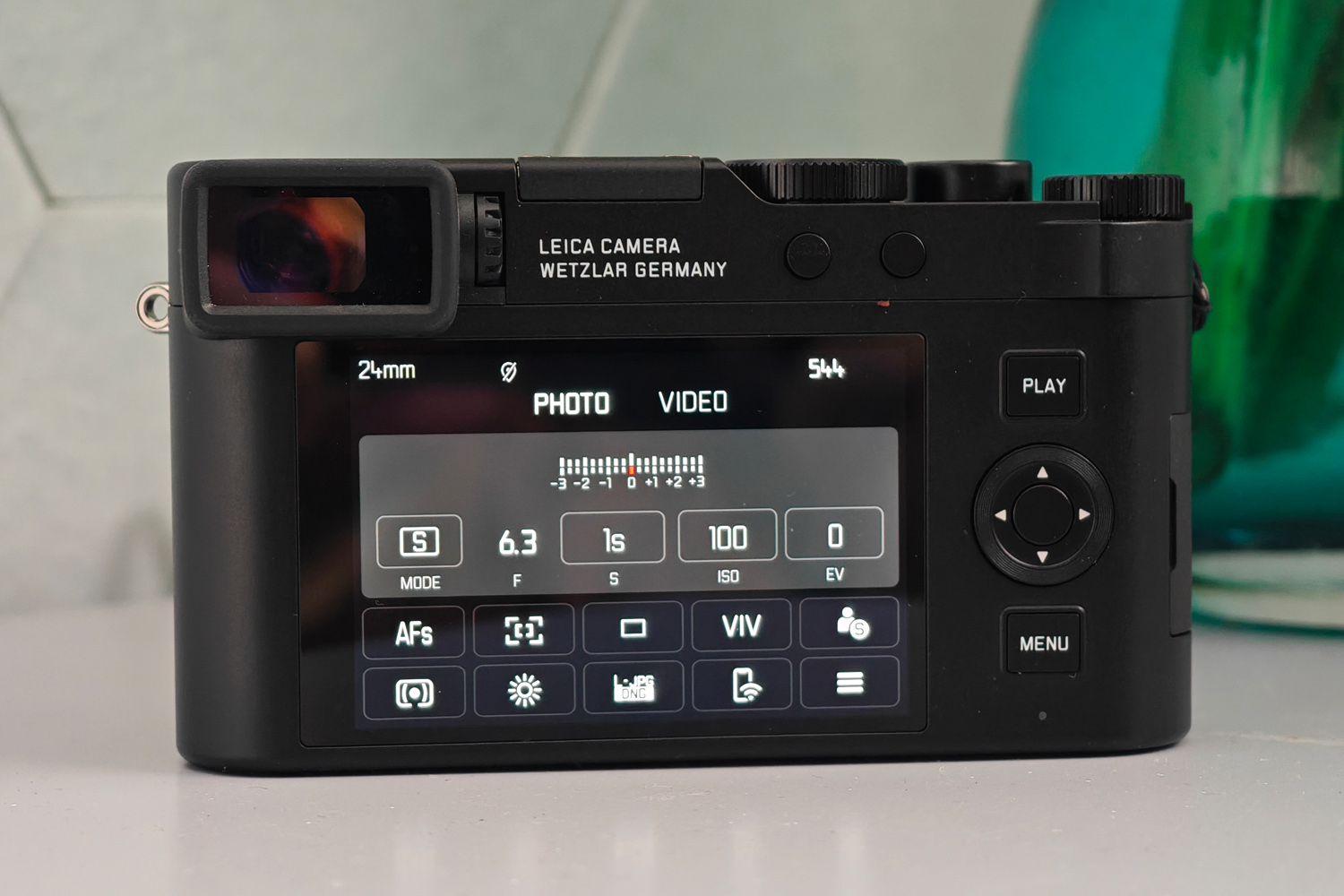
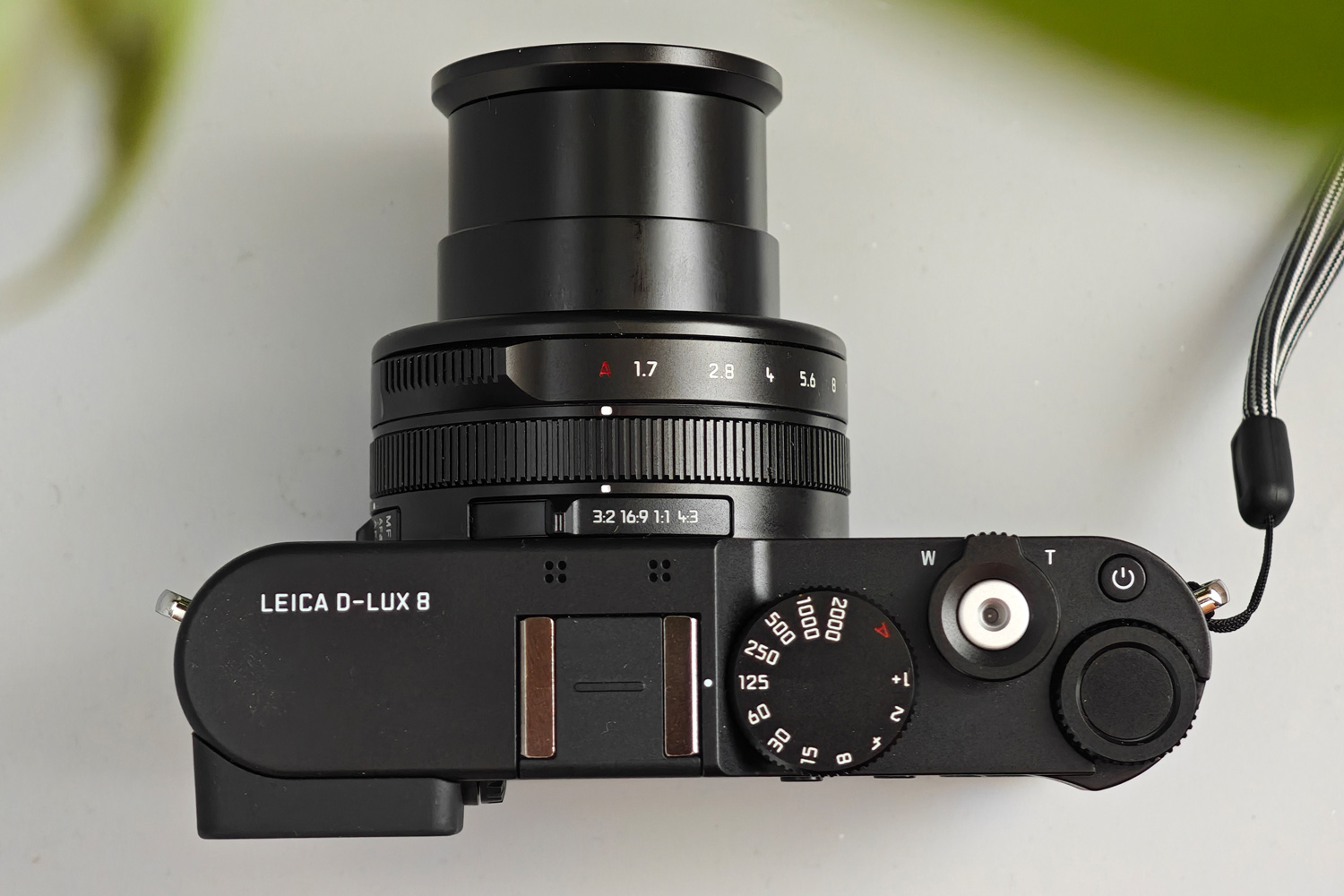
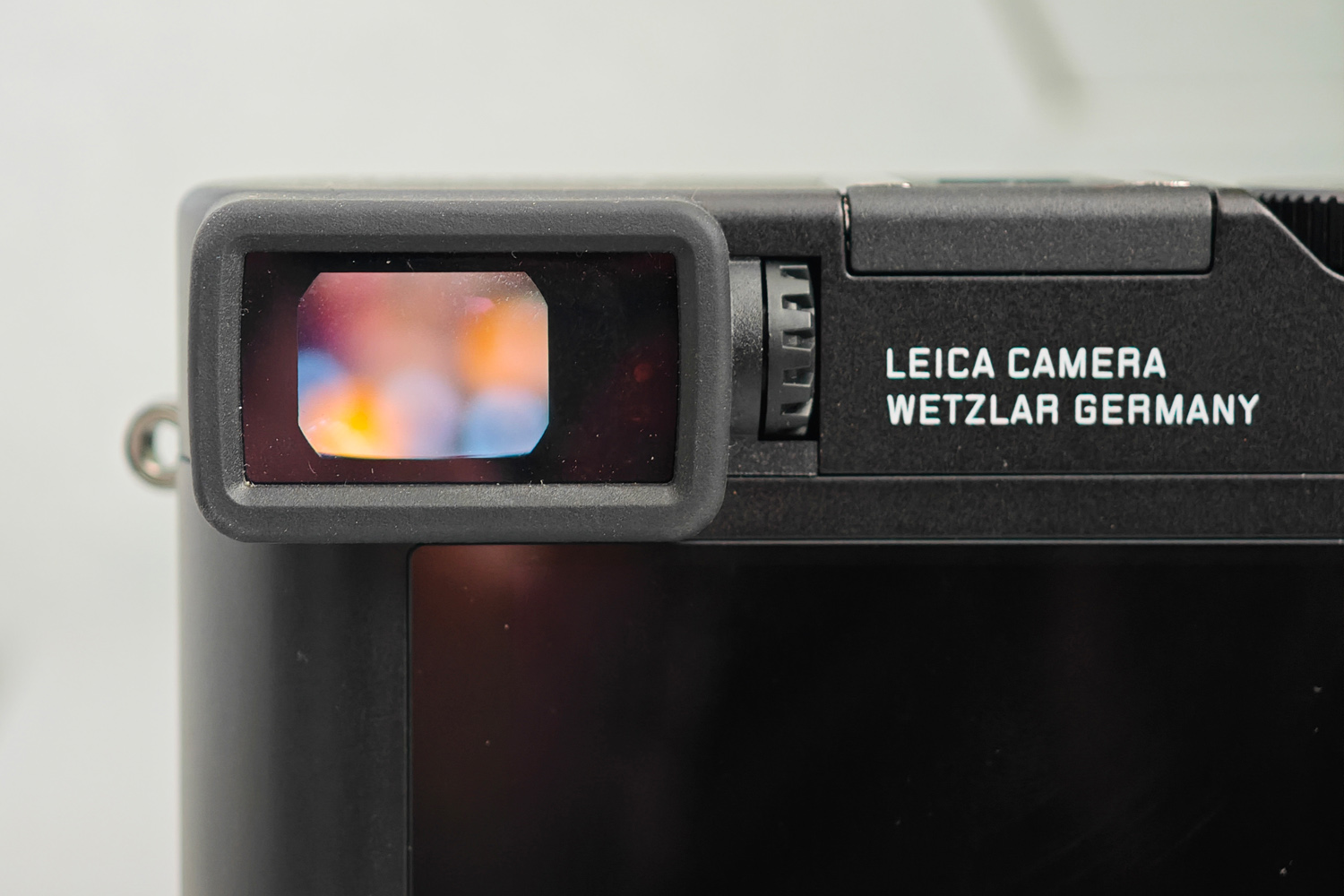
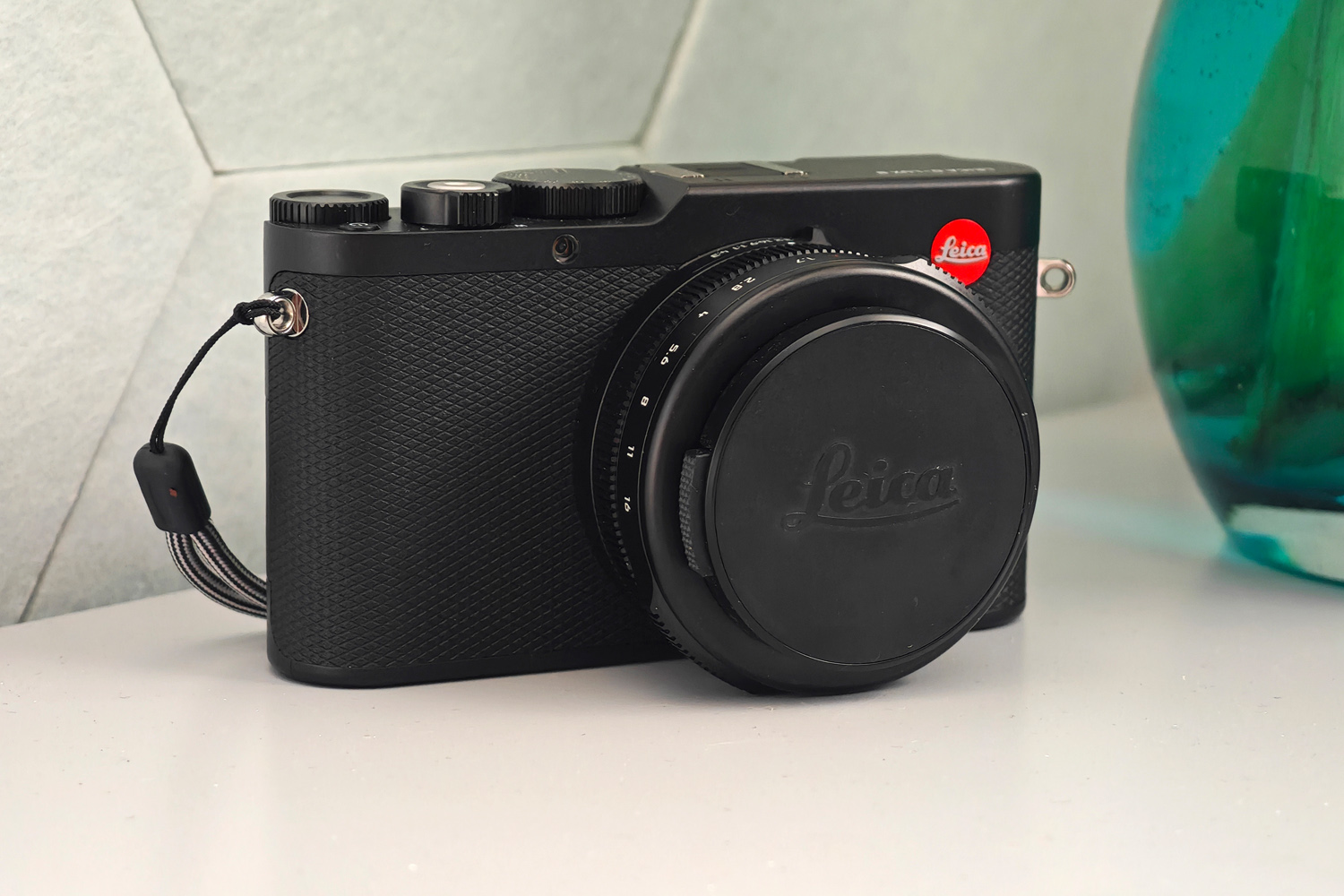
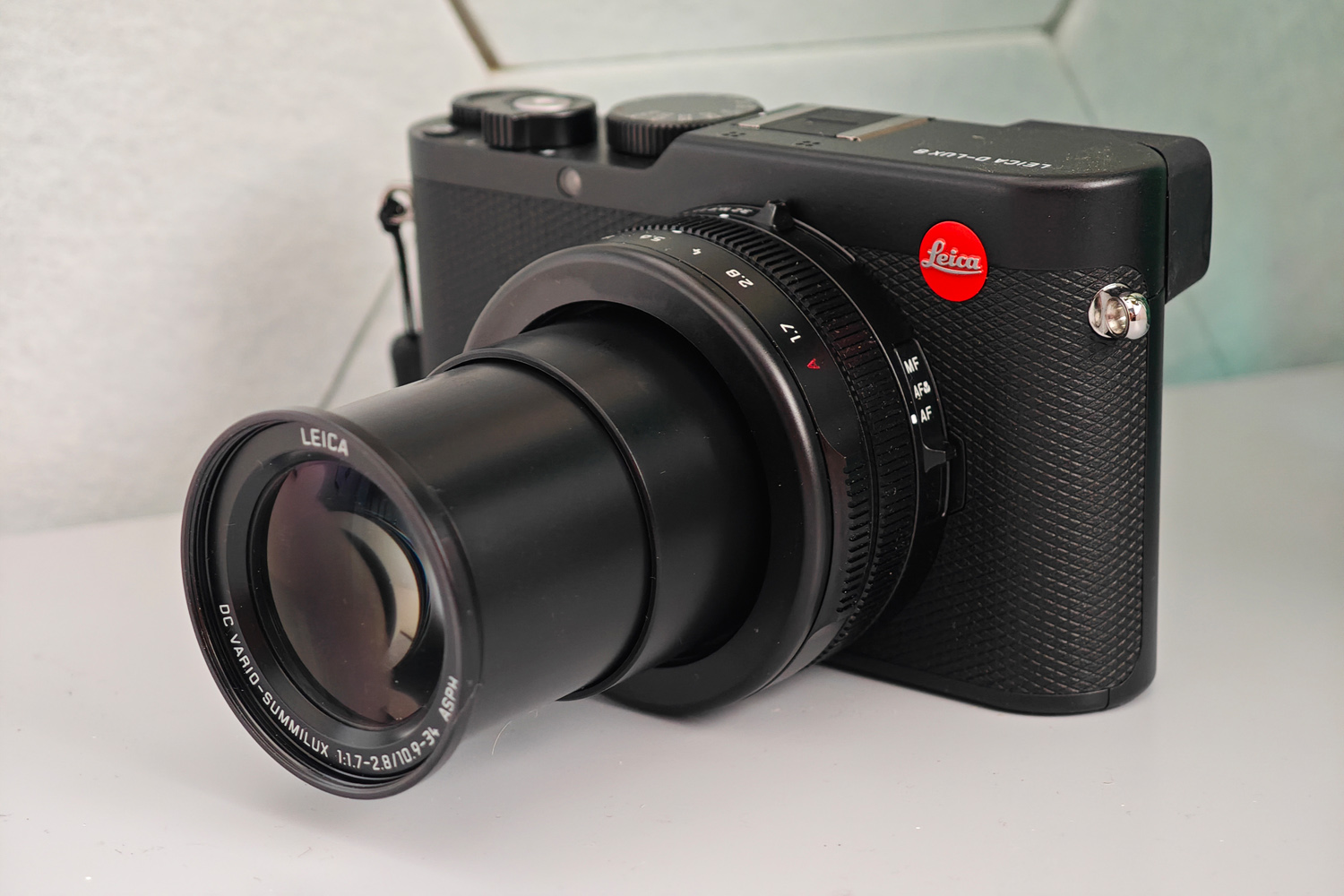
The D-Lux 8 isn’t a radical departure from its predecessor, with the same magnesium alloy construction and same basic dimensions. A textured leatherette finish on the front is new, though, and makes up for the lack of any sort of moulded grip. If you need more purchase, Leica will naturally sell you an official bolt-on hand grip.
The top plate and rear controls are the big upgrades. They’re now wholly Leica efforts, rather than tweaked versions of Panasonic’s originals. You’ll have a hard time telling it apart from the much pricier Leica Q3, at least until you get them side-by-side. This is a much smaller camera – not quite pocket-size, on account of the fixed lens, but very close.
Things are much simpler at the rear now, with two customisable function buttons, Play and Menu, and a four-way D-pad alongside the fixed 3in touchscreen. Up top there’s a dedicated shutter speed dial, plus a thumb wheel that defaults to ISO but can be assigned to exposure compensation. The zoom lever sits under the shutter button.
There’s a lot going on around the lens barrel, with aperture and focus rings, a focus mode switch, and an aspect ratio selector. Being able to quickly swap between 3:2, 4:3, 16:9 and 1:1 is sure to go down well with social media content creators. The lens itself extends a long way from the camera, which does somewhat spoil the minimal look – but the way lens optics work makes this pretty much unavoidable.
Features & battery life: fully in the fold
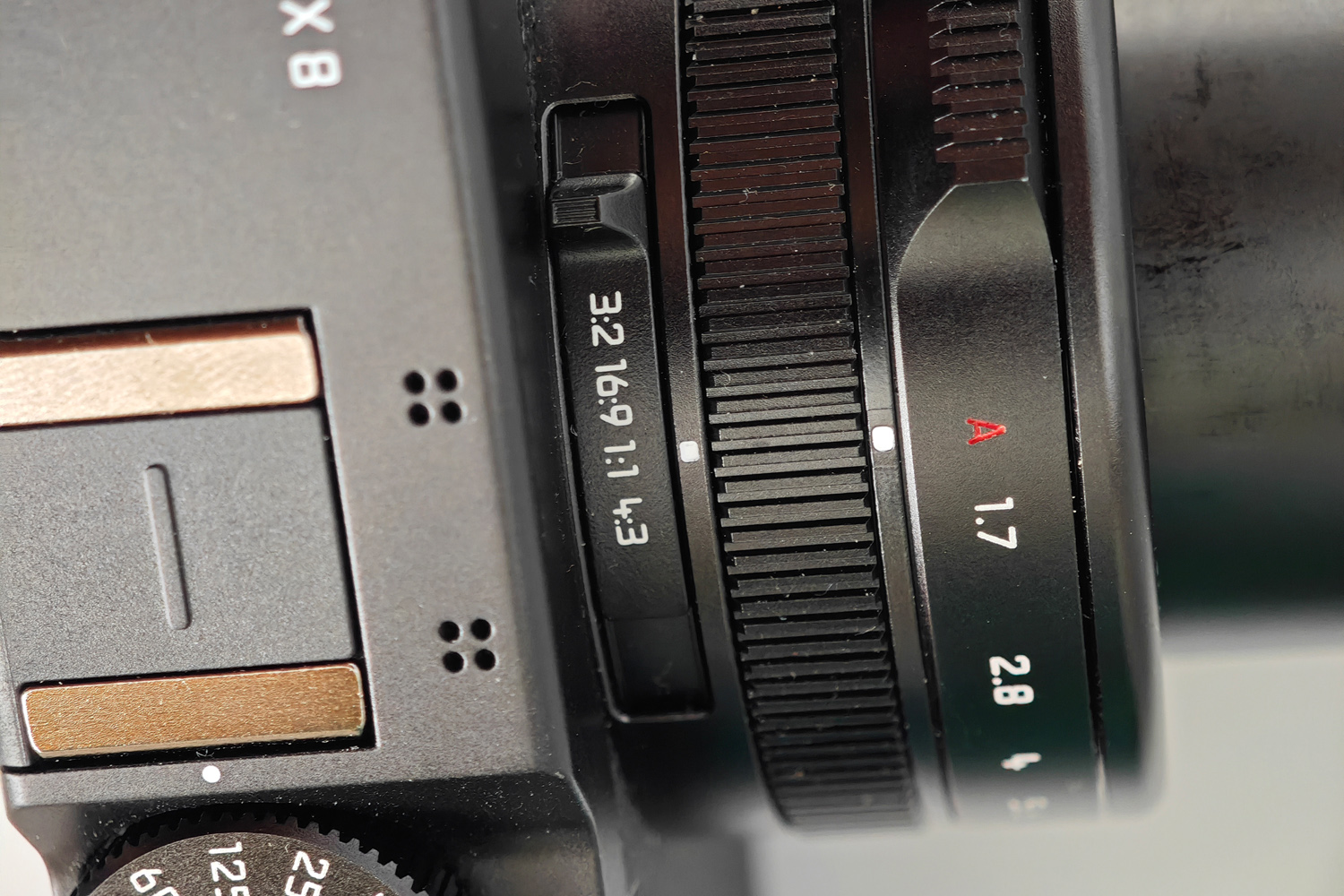
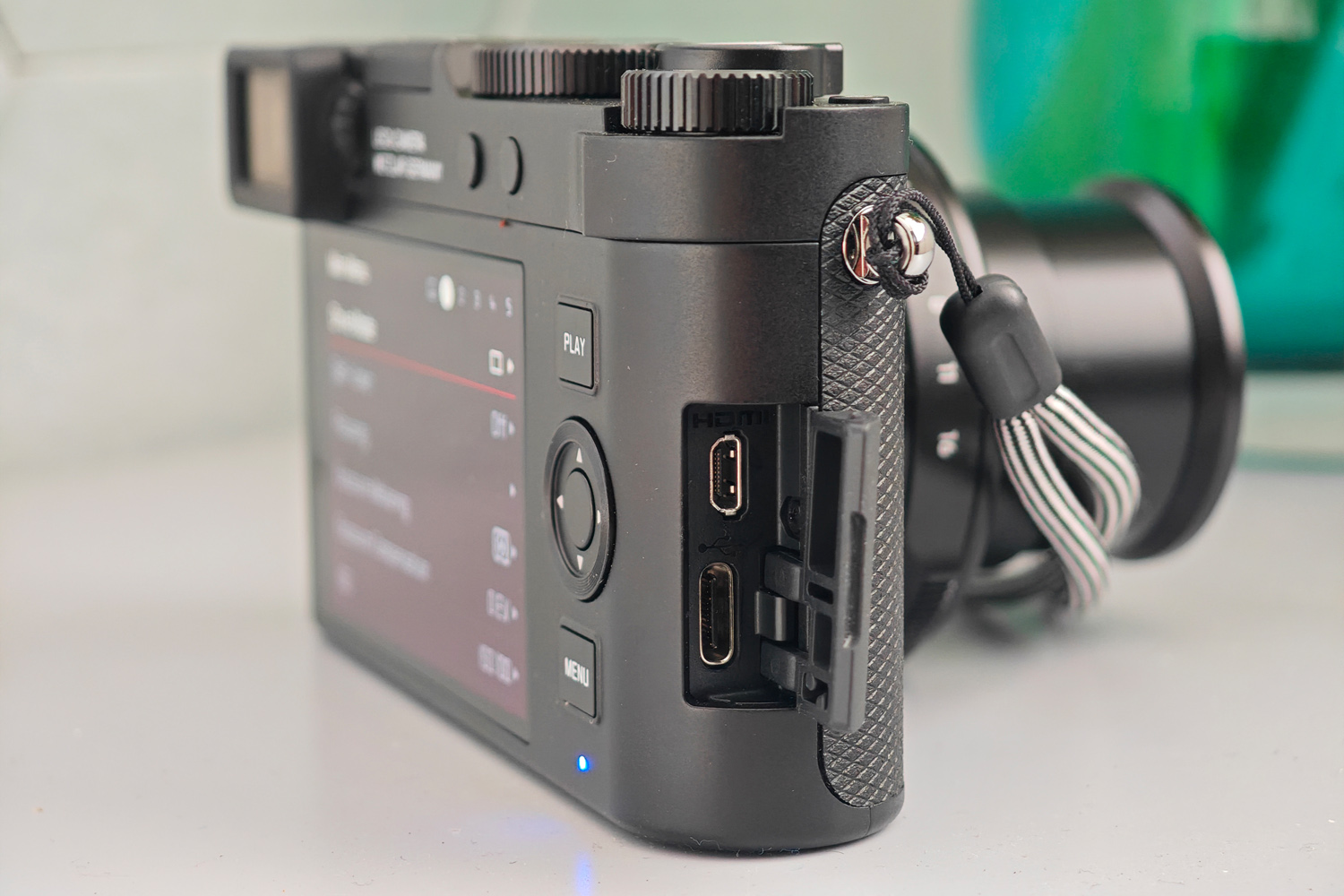
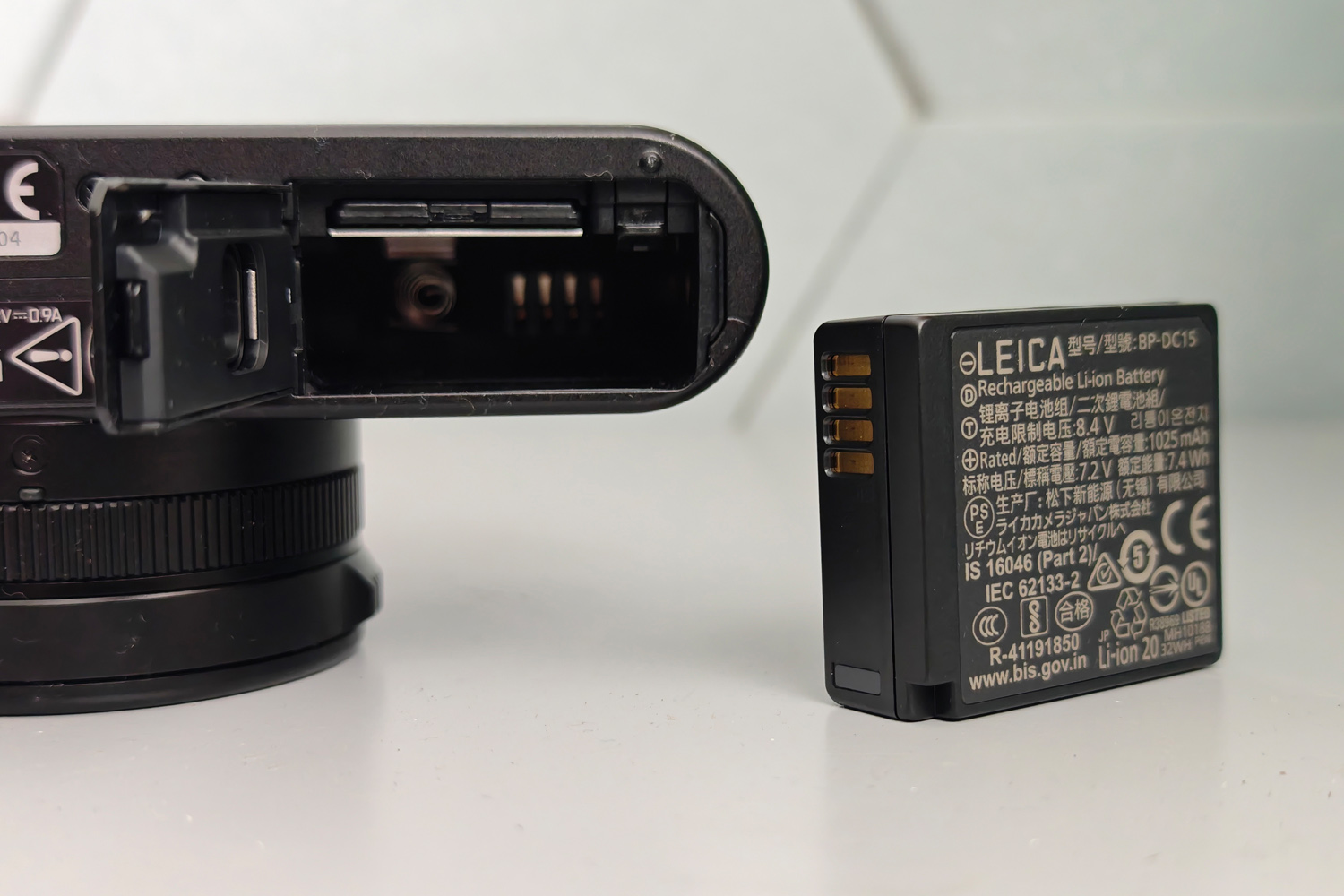
As soon as I powered it on, the D-Lux felt like a ‘proper’ Leica. The old menu system has been ditched in favour of an interface more in keeping with the rest of the modern Leica line-up. The text-based menus are very easy to navigate and includes all the useful settings first and foremost, without overwhelming you on the minutiae.
The new UI is a lot more suited to touchscreen controls than the D-Lux 7’s was, and the 3in one seen here was always responsive to my taps. It’s not the sharpest panel I’ve seen on a compact cam lately, but was bright and clear enough for composing images on the sunniest of days. Not having a flip-out hinge for selfie filming isn’t a big deal for me, but the lack of tilt feels like a misstep given Leica’s status as a street photographer favourite.
An electronic viewfinder (EVF) all but makes up for it, though. While it’s not as high-res as the D-Lux 7’s, that camera used an LCD panel; this one’s rocking OLED tech, which is far easier on the eyes. Contrast is loads better, and colours are more vivid. Refresh rate is capped at 60Hz, which is half that of the best system cameras, but fast enough that I didn’t miss any shots while on the streets. There’s no doubt the Fuji X100VI’s unique hybrid optical viewfinder is still best-in-class, though. I also wish there was a way to have the LCD always show the quick menu and the EVF always as the viewfinder; from what I can see they just mirror each other.
For stills shooting, the D-Lux 8 manages between 240 and 300 shots per charge, depending on whether you favour the EVF or LCD. That’s merely OK, with the Fuji X100VI managing almost twice as many snaps before needing to refuel.
It’s great to see USB-C charging, and there’s a micro HDMI video output at the side too. The D-Lux 8 isn’t an especially adept movie maker, though, capping out at 4K30P in 4:2:0 8-bit colour – and with a cropped sensor at that. It’ll do 60fps if you drop to Full HD resolution. The single SD card slot can manage UHS-I speeds, and there’s no internal storage like the Leica M11 series.
Performance: finding focus
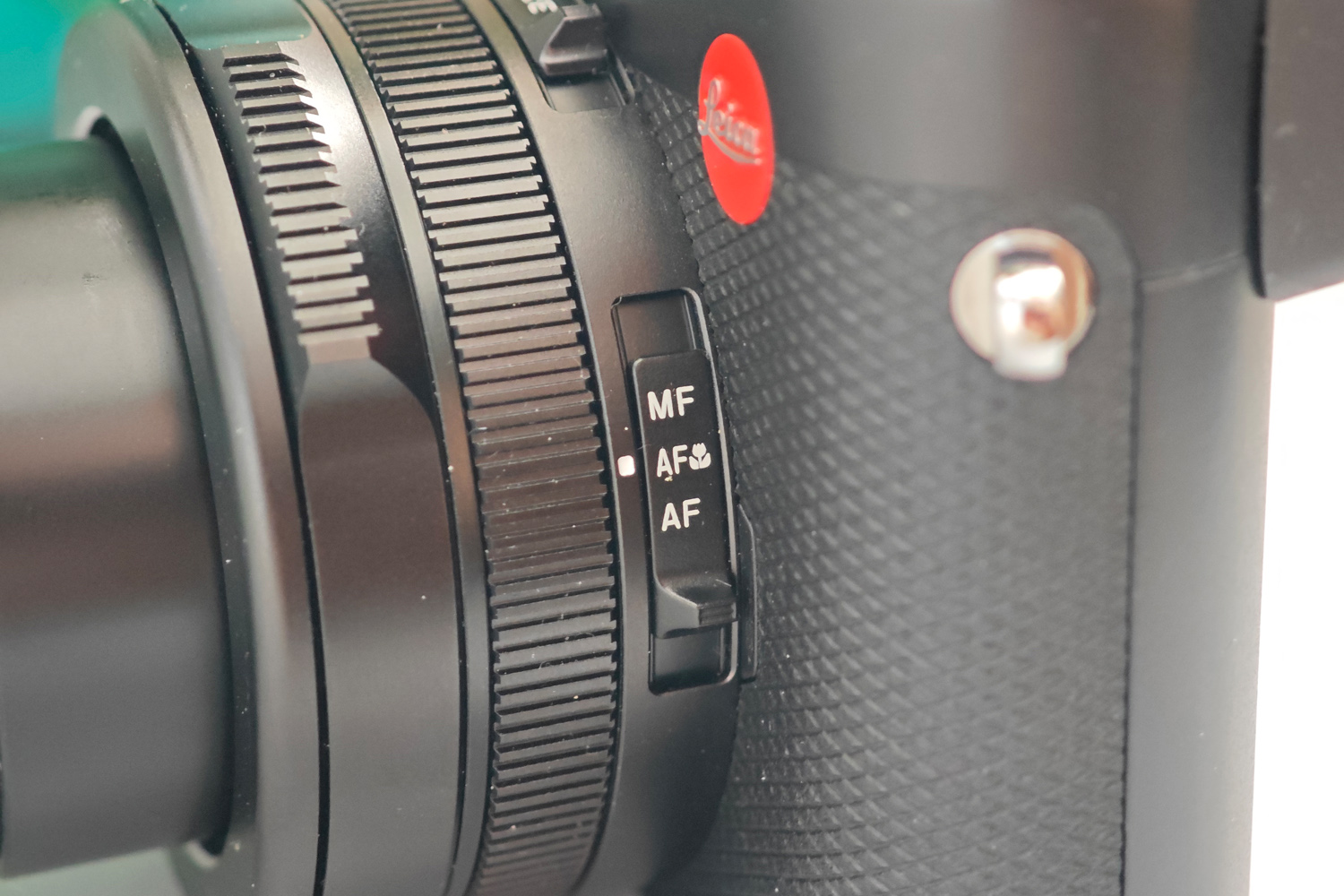
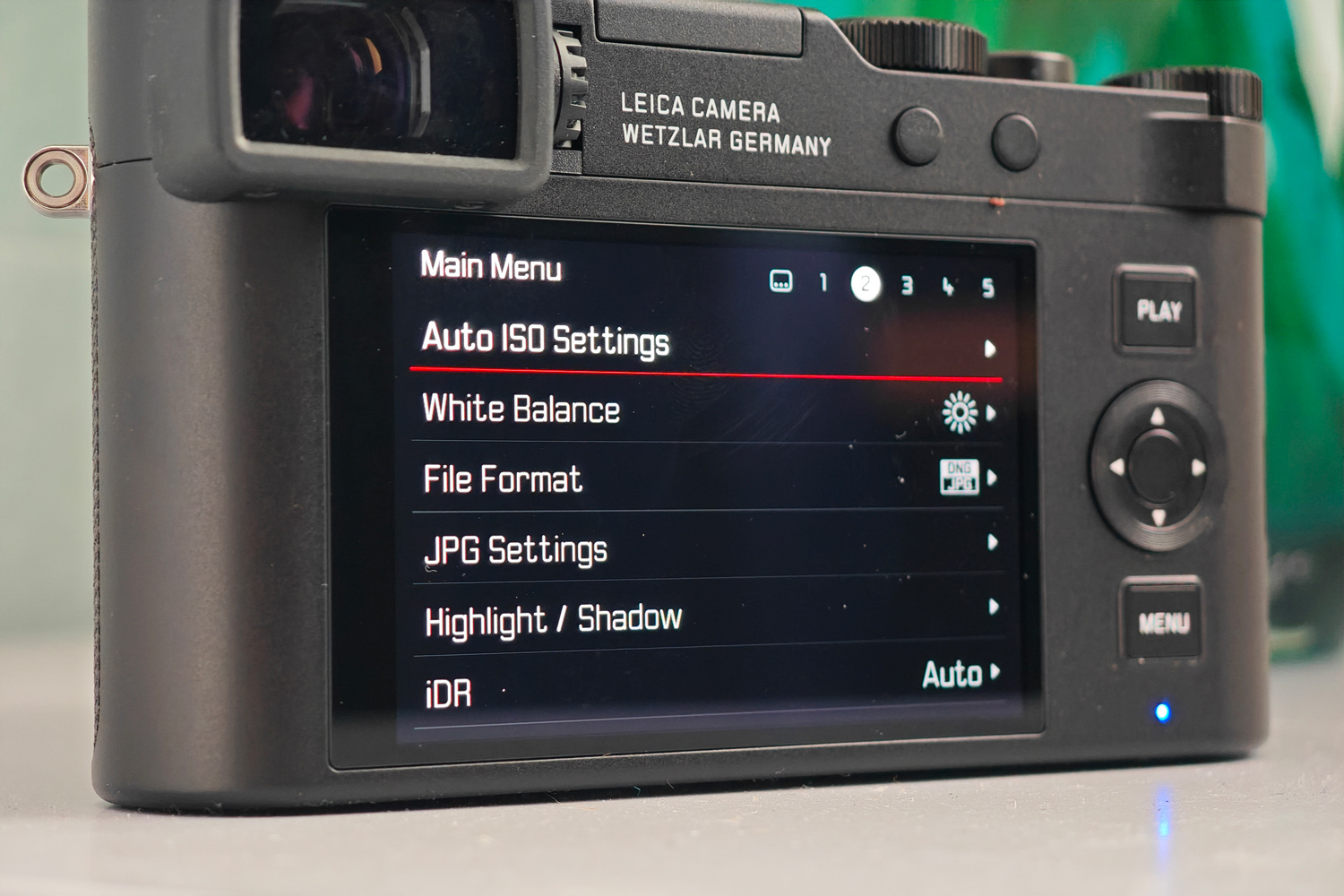
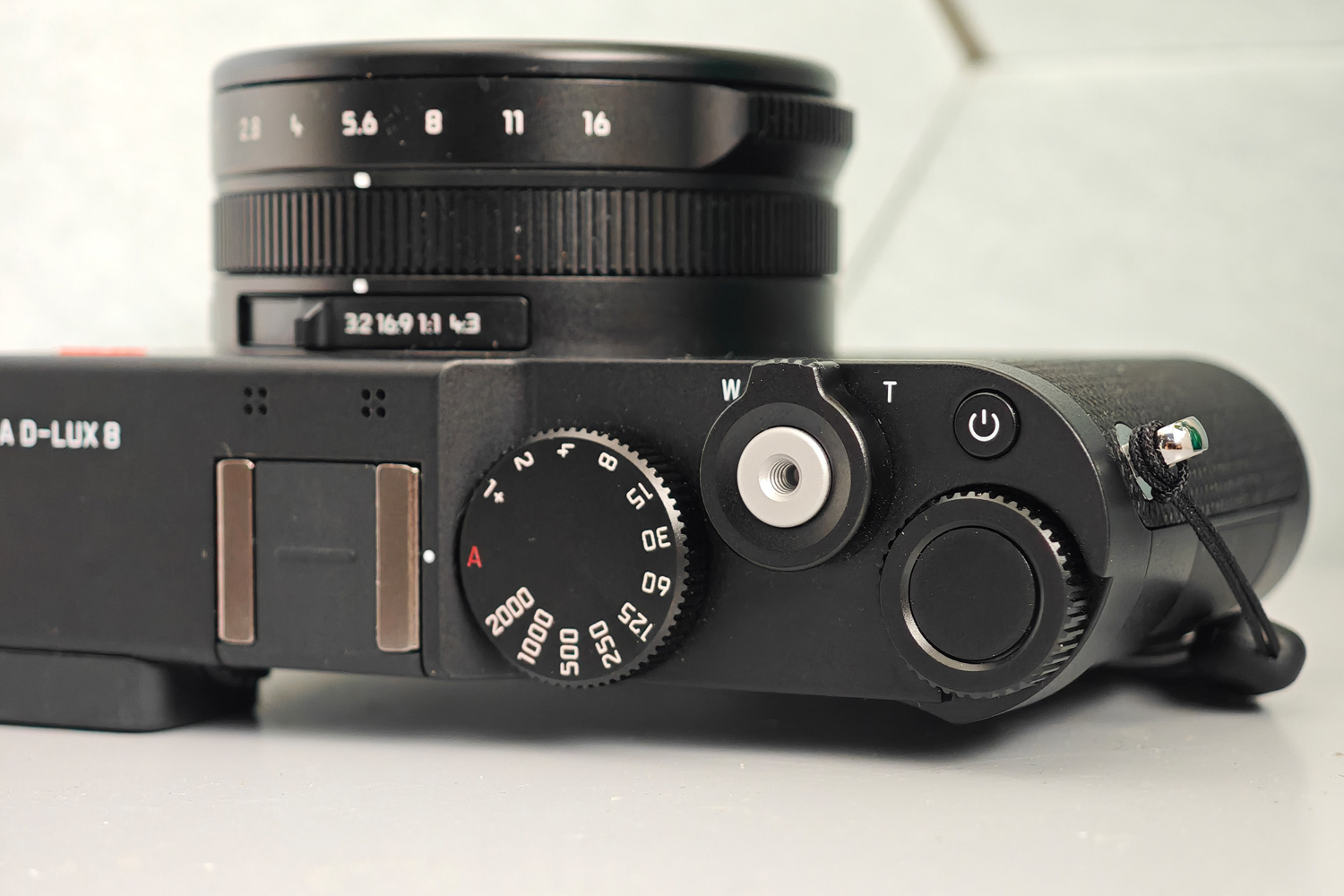
This isn’t a camera aimed at wildlife or sports photographers, so 11fps burst shooting – for up to 100 JPEGs or 13 Raw DNG shots in 10-bit colour – is a decent showing. 12-bit bursts with autofocus are a much more sedate 2fps, though.
The Leica’s lens-based optical image stabilisation (OIS) felt just as effective for handheld shooting as the in-body sensor shift found on the Fujifilm X100VI, at least for daylight shooting. However I did miss that camera’s built-in ND filter for long exposures and creating an illusion of movement without breaking out the tripod.
It was really only autofocus where the D-Lux 8’s hardware truly shows its age. The contrast-based system has pretty accurate face and eye detection for people, but it can’t recognise animals or vehicles like smarter phase-detect systems on newer cameras. It was still speedy enough for people watching in the city, and can focus correctly at a distance even if you forget to take it out of macro mode first, but rivals are definitely more consistent at picking out areas of focus.
There’s also no way to move the focus point with the touchscreen while looking through the EVF, meaning you have to rely on the D-pad. It’s not the fastest way to do things, especially when working with moving subjects.
Image quality: still got it
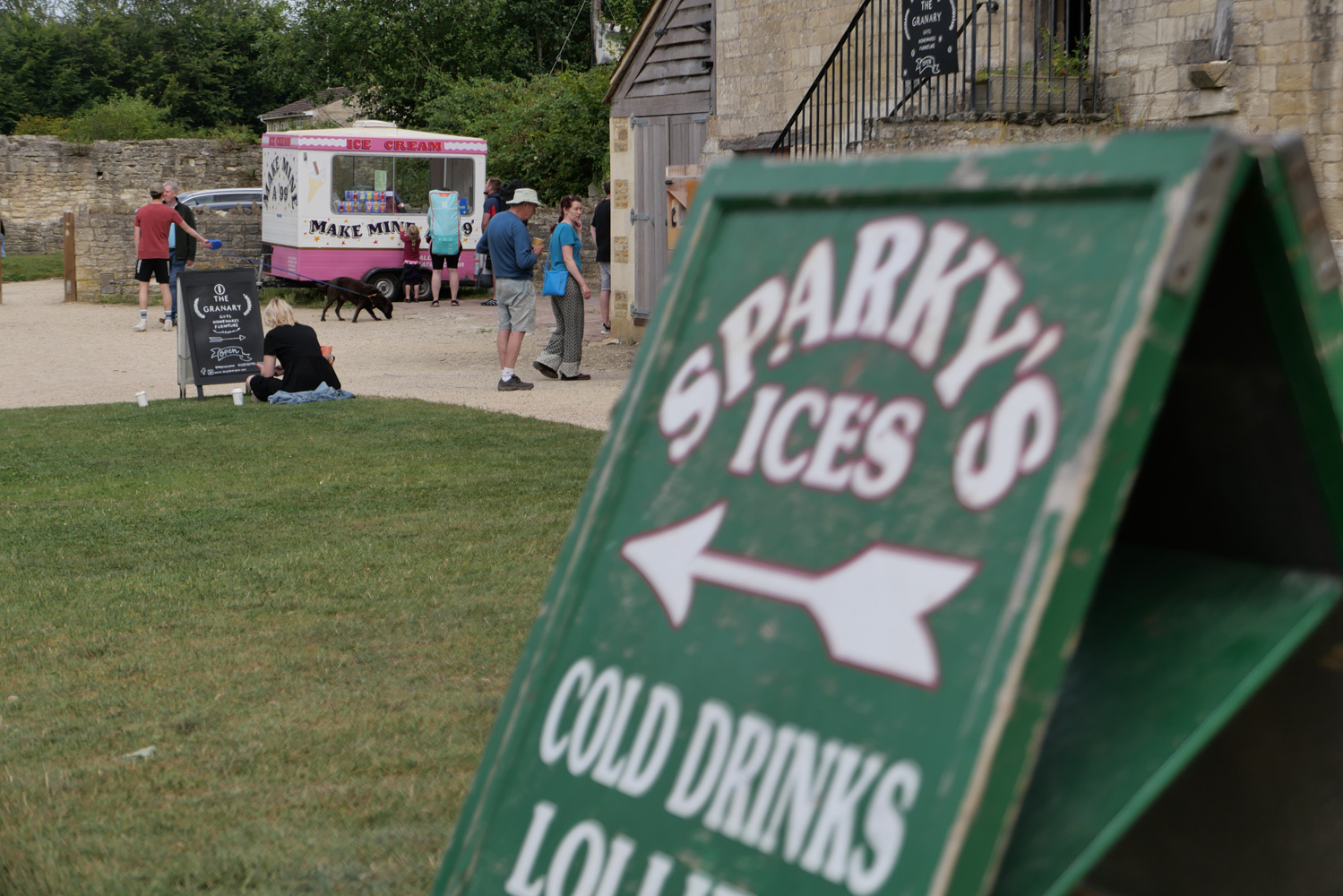
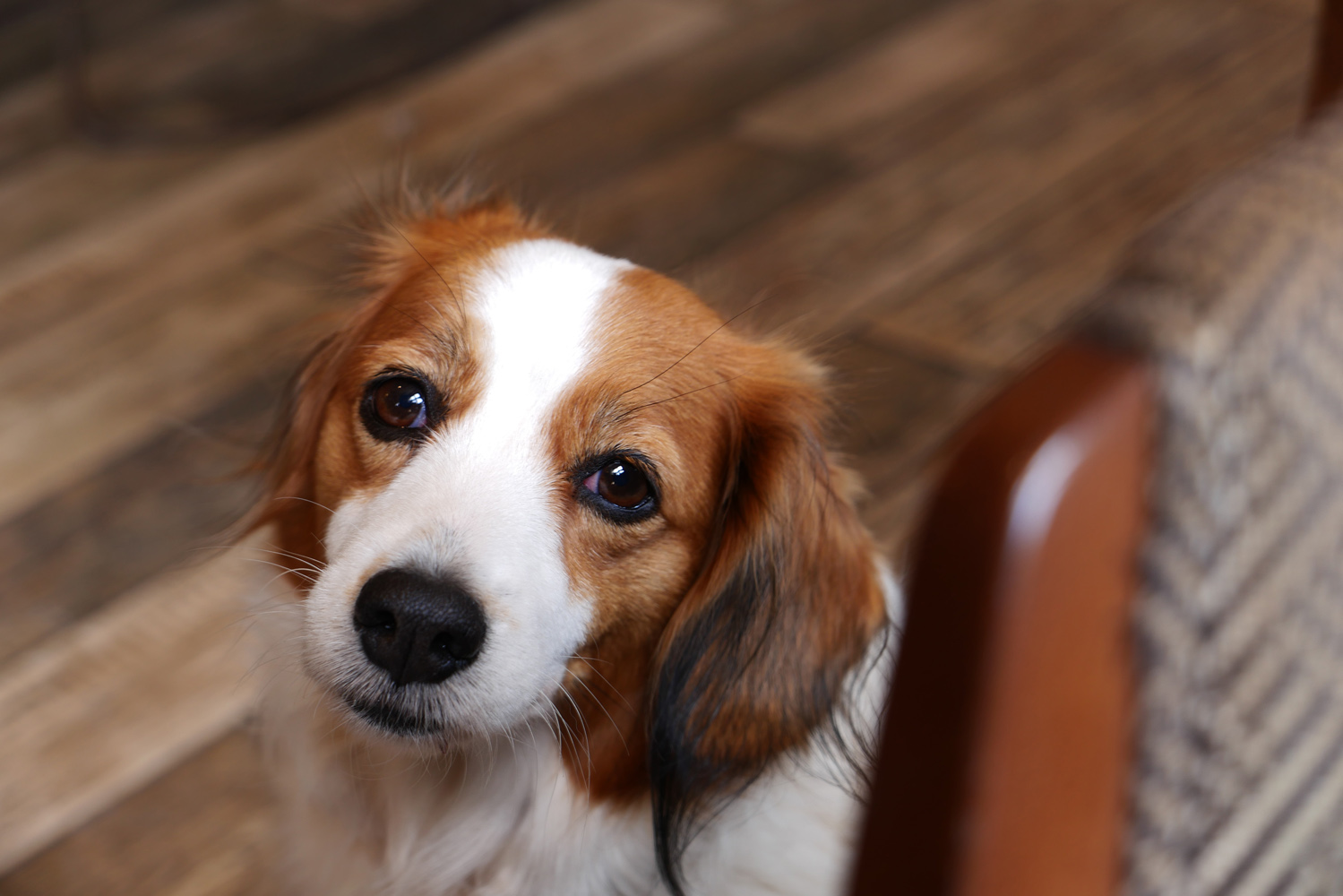
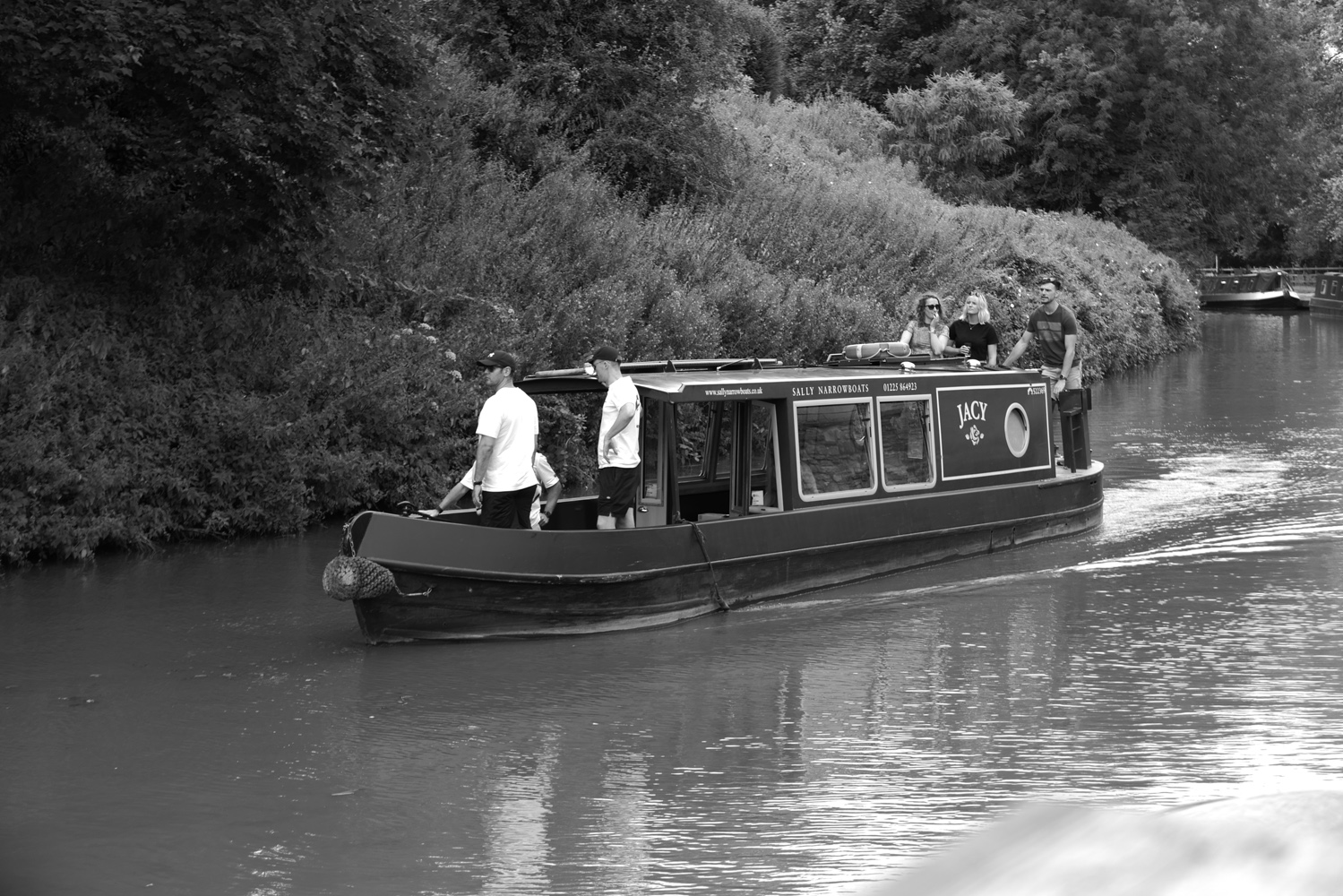
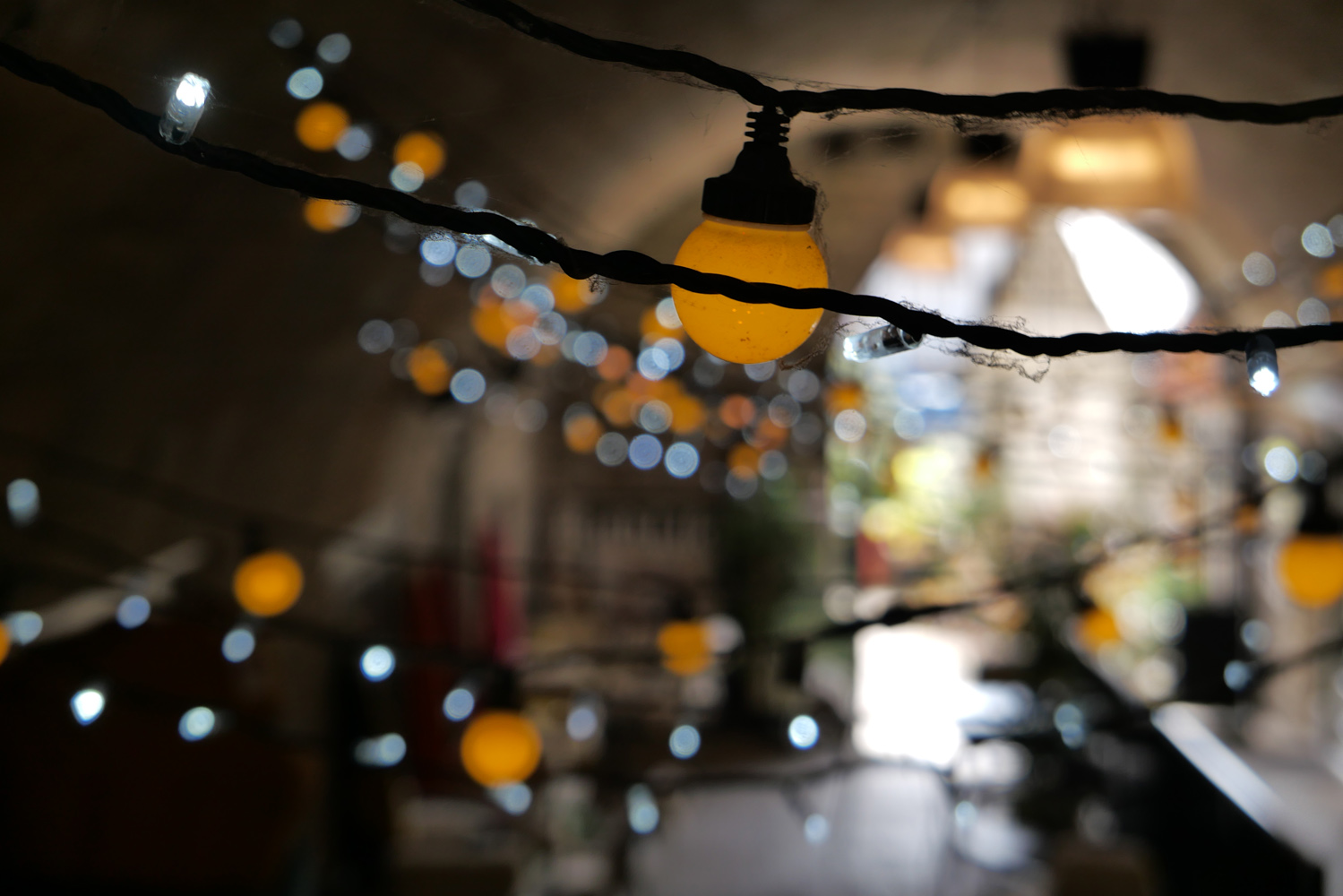
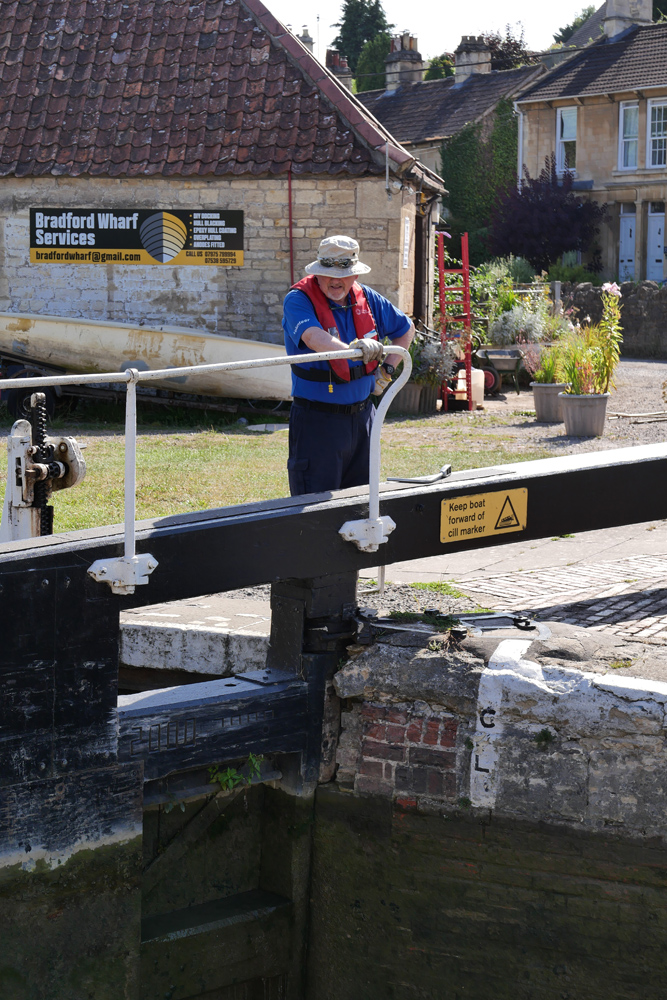
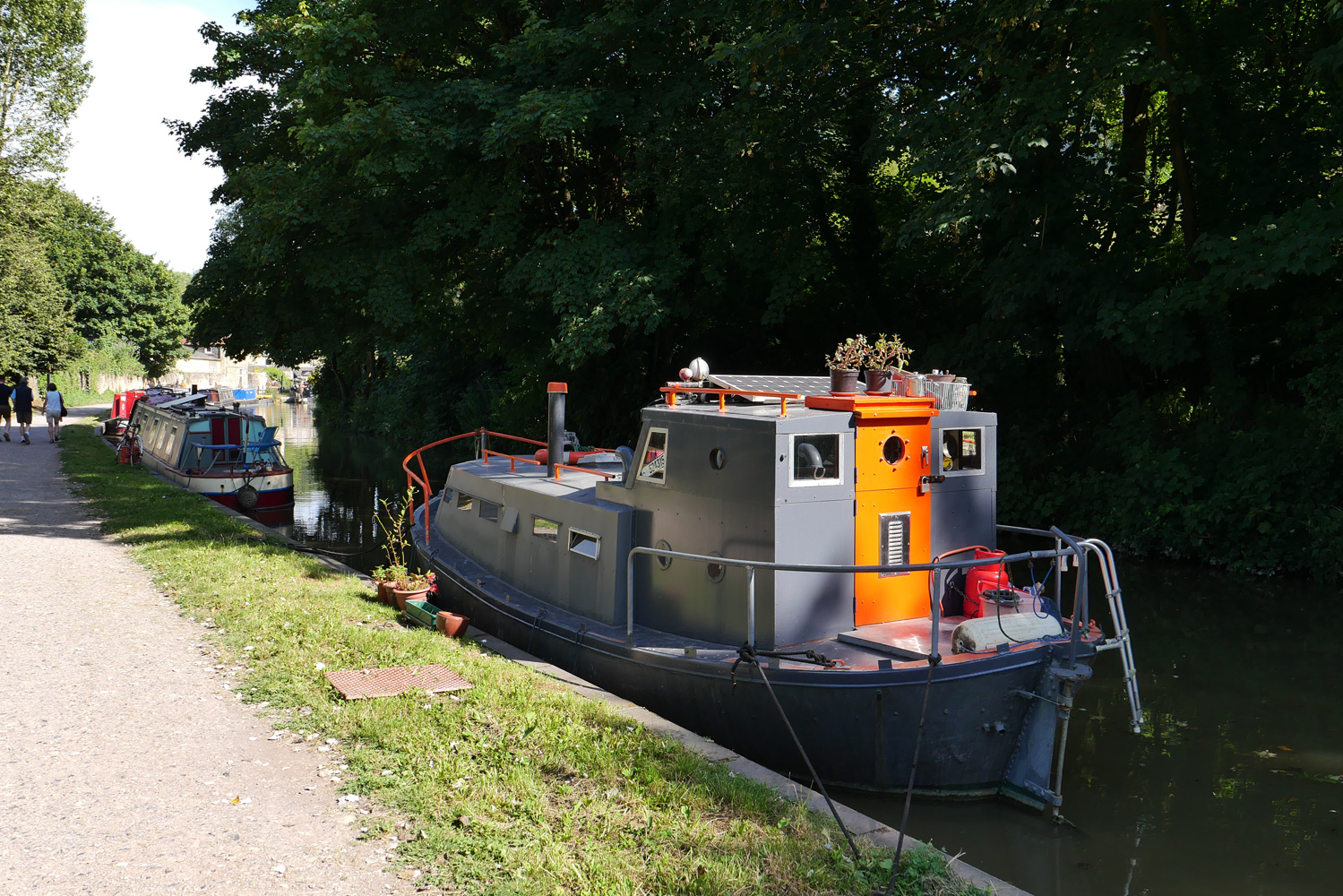
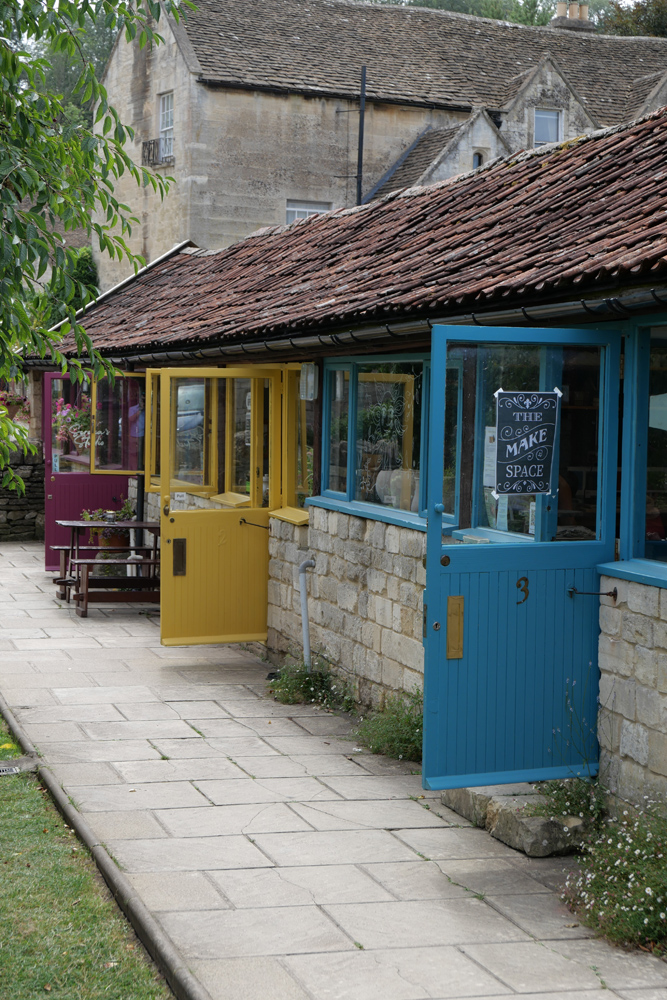

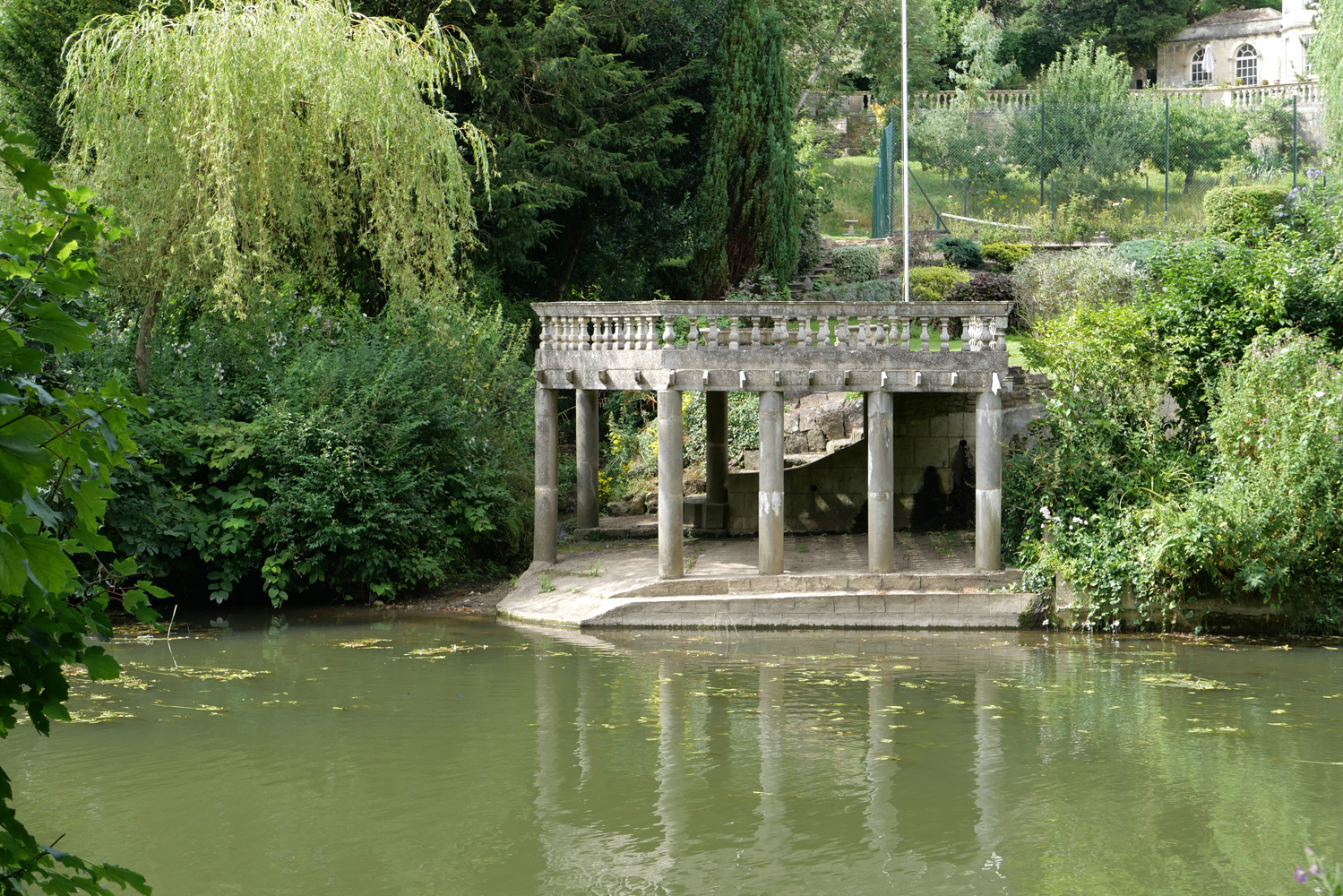

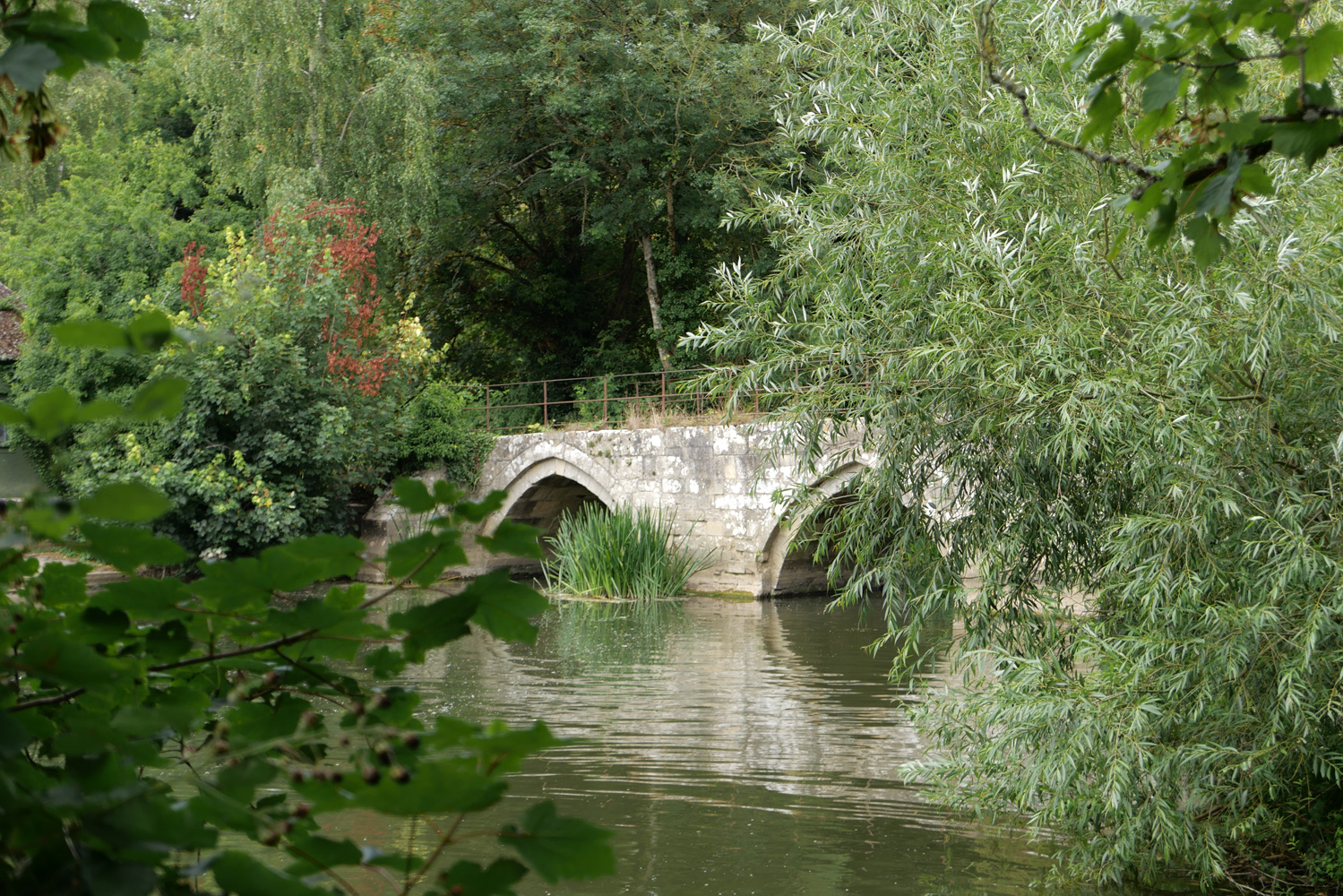

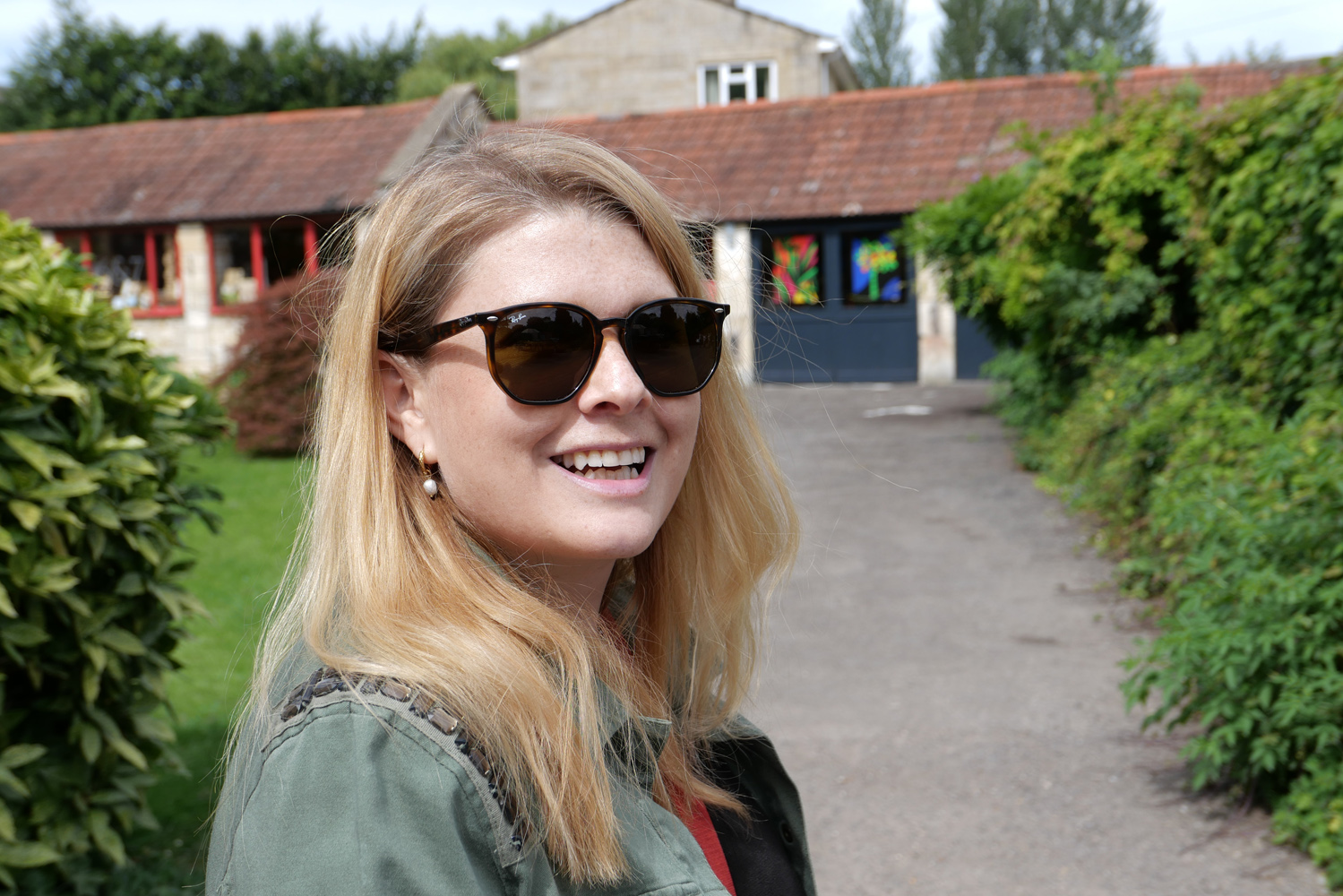
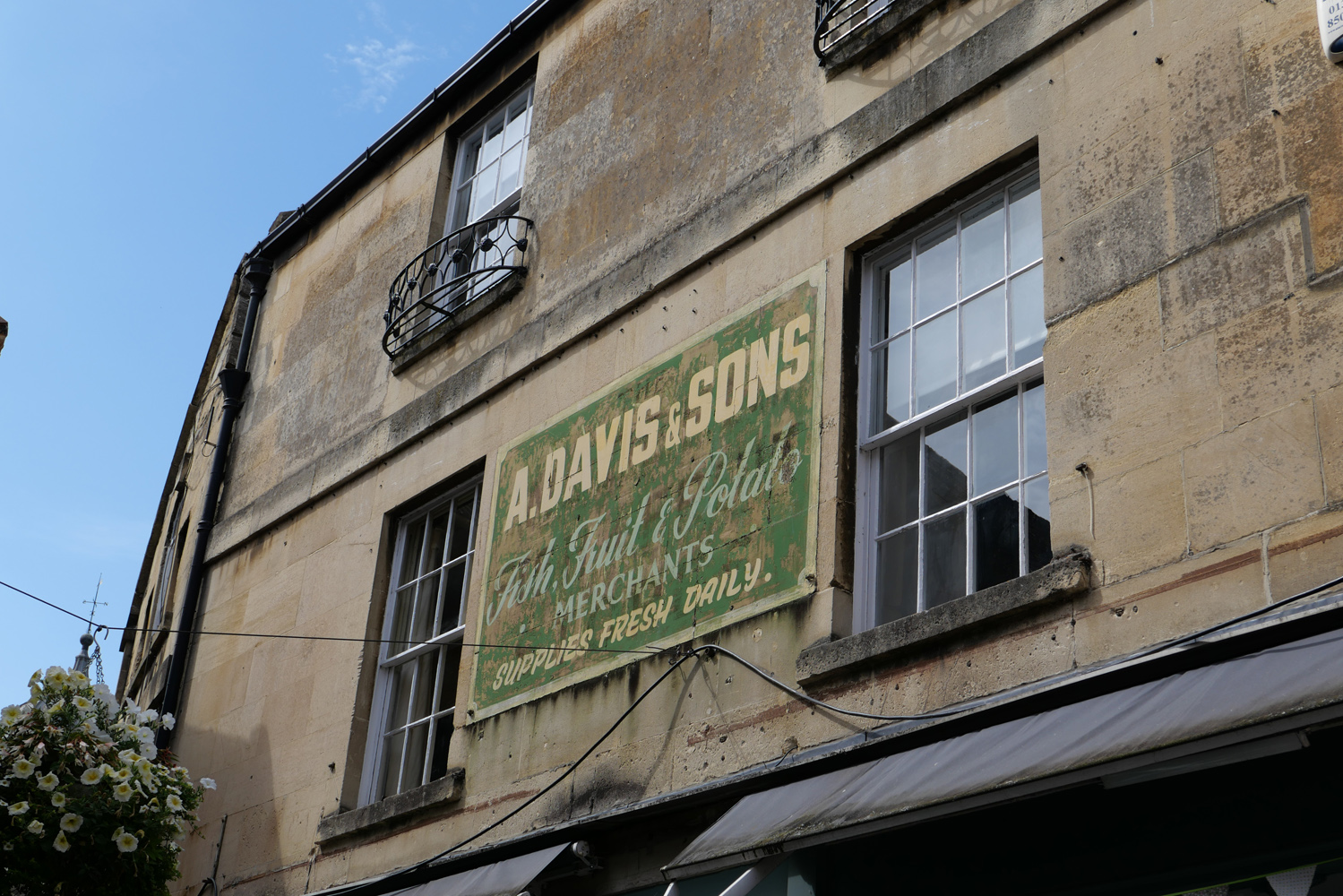
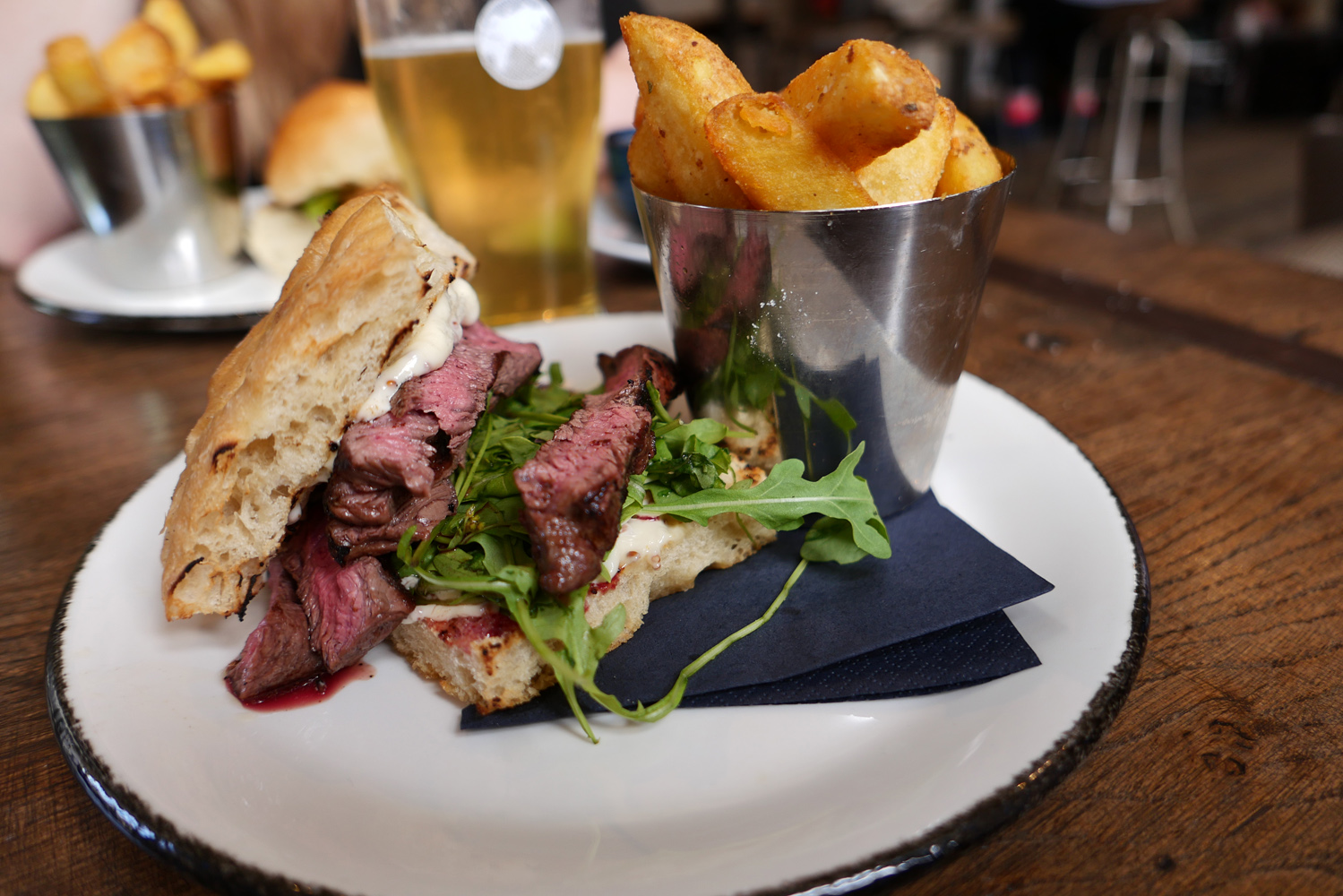
The D-Lux 8’s Four Thirds sensor resolves differently depending on the aspect ratio, with 4:3 preserving the most pixels. A 17MP maximum isn’t huge these days, so cropping into your shots after the fact doesn’t leave a lot of wiggle room, but the 75mm equivalent zoom lens helps balance it out. I wish it were a little faster to go from wide to telephoto lengths, though.
There’s still plenty of detail on display, and the f/1.7 aperture creates some seriously dreamy depth blur at the widest focal lengths. 12-bit Adobe DNG RAWs aren’t immune from noise once you start tweaking exposure, with 14-bit capable rivals staying cleaner, but there’s not a huge gulf in performance despite the sensor’s age. JPEGs hold up well to ISO 1600, too.
Does the D-Lux 8 deliver authentic Leica colours? For the most part, yes – there’s real nuance between shadows and highlights, with a slightly warm tone for JPEGs in the Standard image profile. It isn’t an exact match to the Q3, but gets close. Other profiles are far more limited here, with just Vivid, Natural and two monochrome settings.
It’s also a real shame the Leica Fotos app isn’t able to copy different Leica looks to the D-Lux 8. They were a great way to add more drama to the Q3’s shots, and even if you didn’t have the patience to craft your own it was a breeze to download ones made by other creators. Fuji’s film simulations and Panasonic’s realtime LUTs are miles ahead here.
Leica D-Lux 8 verdict
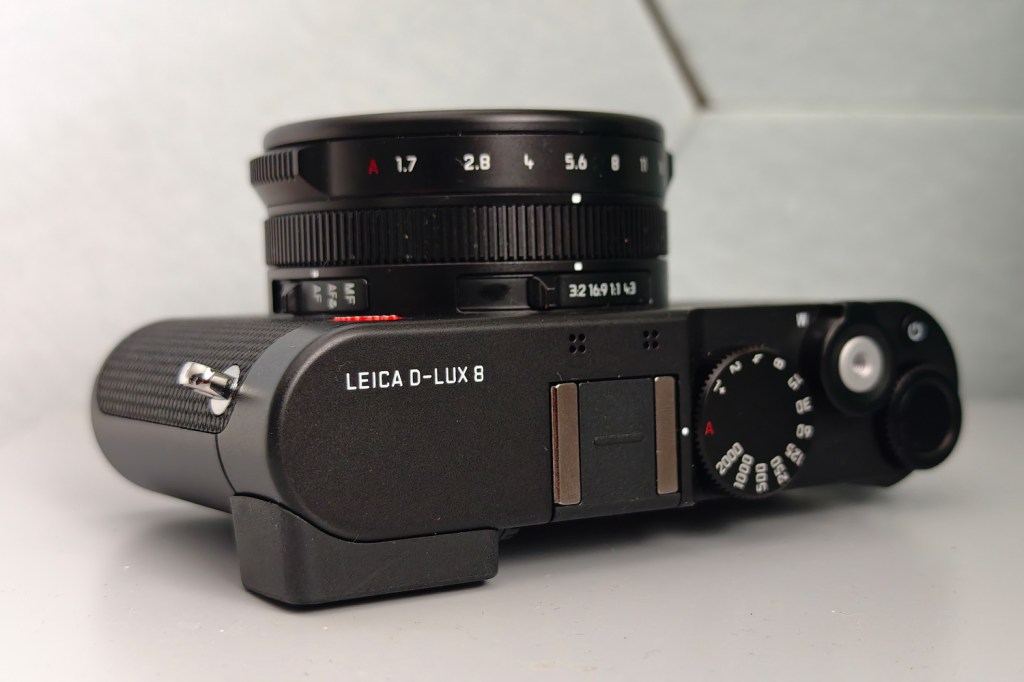
The outgoing D-Lux 7 felt like an offshoot from the wider Leica family, but its successor’s bloodline is much easier to trace. Updated controls and a much improved UI make the D-Lux 8 a convincing entry-point to an unashamedly high-end range, at a price that won’t make you wince.
Internal upgrades are much sparser, meaning an autofocus system that trails behind more modern rivals, basic video recording abilities and limited compatibility with the firm’s software offering. It’s still a great little stills camera, with features I deem essential for the class like an EVF – but Leica will need to get with the times a little more before it can dethrone the Fujifilm X100VI as the best compact camera around.
Stuff Says…
The most affordable way to own the most recognisable red dot in photography. The Leica D-Lux 8 feels a little outdated in some ways, but still does the compact zoom camera thing very well indeed.
Pros
Looks and feels like a modern Leica
Clean, detailed and colourful stills
Aspect ratio switch and phone app add influencer appeal
Cons
No tilting screen or step zoom for street snappers
Autofocus system is behind the times
Where are the Leica looks?
Leica D-Lux 8 technical specifications
| Sensor | 4/3in CMOS, 21.77MP (total) 17MP (effective) |
| Lens | fixed, 10.9–34mm f/1.7–2.8 |
| ISO range | ISO100-250,000 |
| Continuous shooting | 11fps (10-bit colour) |
| Video recording | 4K 30fps, Full HD 60fps |
| Screen | 3in, 1.84 million-dot fixed LCD |
| Viewfinder | 2.36 million-dot OLED |
| Storage | UHS-I SD |
| Connectivity | USB-C, micro HDMI, Wi-Fi, Bluetooth |
| Dimensions | 130x69x62 mm, 397g |

